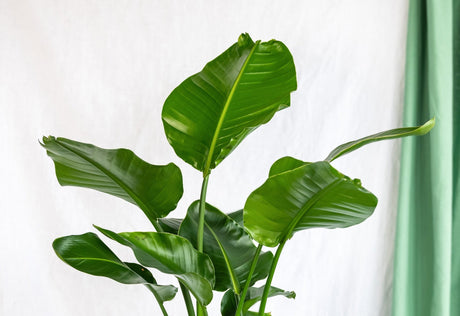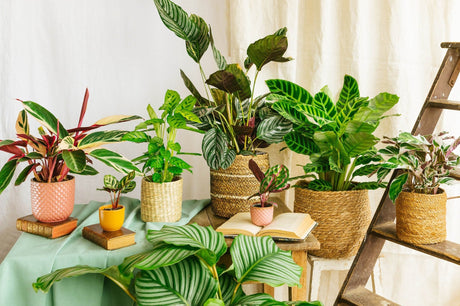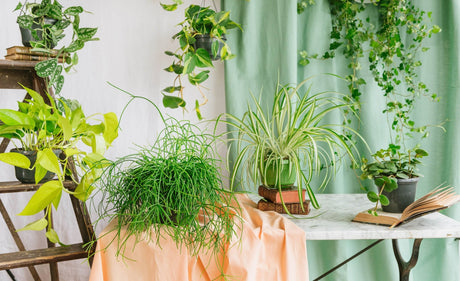Climbing plants are valuable assets for any garden, balcony or terrace. They add vertical dimension, hide unsightly walls, and can even provide shade and privacy. However, choosing and planting the right vine requires some thought. Here's how to harmoniously integrate these natural beauties into your outdoor space.
1. Choosing your Climbing Plant
Identify the Desired Use:
- Hedging: To quickly hide a wall or fence, choose fast-growing varieties like Virginia creeper or ivy.
- Decoration: To add color and fragrance, opt for clematis, climbing roses, or star jasmine.
- Shade: Wisteria or vines can create magnificent areas of shade when planted along pergolas.
Take Climate and Exposure into Account:
- Select plants adapted to your climate zone and the exposure of the place where you want to plant them (sun, partial shade, shade).
Choose according to the Type of Support:
- Some climbing plants, such as climbing roses, require sturdy structures to cling to, while others, such as ivy, can cling directly to surfaces.
2. Planting your Climbing Plant
Choose the Right Time:
- Planting is ideally done in spring or fall, allowing the plant to establish itself before temperature extremes.
Site preparation:
- Ensure the soil is well loosened and enriched with compost or well-rotted manure to encourage good growth.
- If planting against a wall or fence, leave at least 30 to 45 cm of space to allow air to circulate and reduce the risk of disease.
Planting:
- Dig a hole large enough to accommodate the plant's root system without compressing it.
- Install support, if necessary, at planting time to avoid disturbing the roots later.
- Water abundantly after planting.
3. Maintenance of Climbing Plants
Watering:
- Young plants require regular watering until they are well established.
Size:
- Pruning is often necessary to encourage vigorous growth and maintain the desired shape. Find out about the specific pruning needs of your climbing plant.
Fertilization:
- An annual application of compost or fertilizer in early spring can help promote abundant flowering and healthy growth.
Climbing plants can transform an outdoor space into a place of lush, thriving beauty. By choosing carefully according to your needs and following planting and maintenance advice, you will create a dynamic and attractive environment that will evolve and become more beautiful over the years. Embark on this vertical adventure and let your walls and fences flourish under a mantle of greenery!
Discover our selection of climbing plants here






